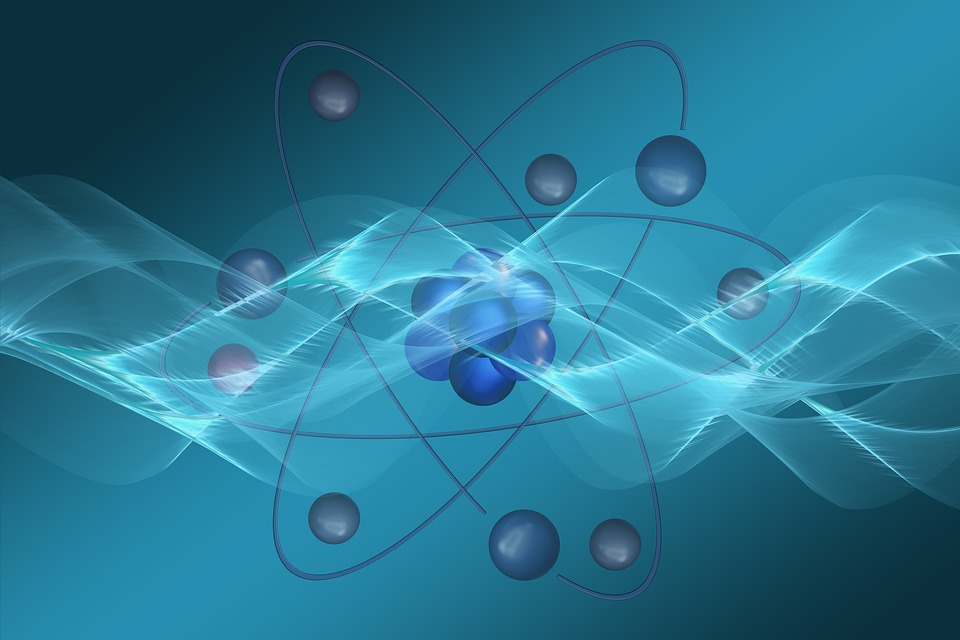
The ionosphere layer is a portion of Earth’s atmosphere that extends from about 60 km to 1,000 km above the surface. It is an electrically charged layer of the atmosphere that contains a high concentration of ions and free electrons. The ionosphere plays a critical role in radio communication, navigation, and space weather, as it reflects and refracts radio waves, affects the propagation of GPS signals, and interacts with energetic particles from the Sun. In this essay, we will discuss the main components of the ionosphere layer, including its composition, structure, and properties.
The ionosphere is primarily composed of several different layers of gases, each with varying degrees of ionization. The most abundant gas in the ionosphere is molecular nitrogen (N2), which makes up about 78% of the atmosphere at sea level. Other gases present in the ionosphere include molecular oxygen (O2), atomic oxygen (O), helium (He), hydrogen (H), and several trace gases such as carbon dioxide (CO2) and neon (Ne). These gases are ionized by the Sun’s ultraviolet (UV) radiation and cosmic rays, which produce free electrons and ions in the upper atmosphere.
The ionosphere is typically divided into three main layers: the D layer, the E layer, and the F layer. The D layer is the lowest layer of the ionosphere and is located at an altitude of about 60-90 km. It is the most heavily ionized layer and is primarily composed of free electrons and ions. The D layer absorbs high-frequency radio waves, which limits their propagation and can cause radio blackout conditions. The D layer is strongest during the day when it is exposed to the Sun’s UV radiation, but it dissipates at night due to the lack of solar ionization.
The E layer is located above the D layer, between 90-150 km, and is also known as the Kennelly-Heaviside layer. This layer is less ionized than the D layer and is primarily composed of molecular nitrogen ions (N2+) and molecular oxygen ions (O2+). The E layer is responsible for reflecting high-frequency radio waves back to the Earth’s surface, which enables long-distance radio communication. The strength of the E layer varies with the time of day, season, and solar activity.
The F layer is the highest layer of the ionosphere and is located between 150-1,000 km. The F layer is divided into two sub-layers: the F1 layer and the F2 layer. The F1 layer is located between 150-300 km and is primarily composed of O+ ions. The F2 layer is located between 300-500 km and is primarily composed of O+ and H+ ions. The F layer is responsible for reflecting and refracting high-frequency radio waves, enabling long-distance radio communication. The F layer is also affected by solar activity, with its maximum height and density increasing during periods of high solar activity.
In addition to the layers of gases, the ionosphere also has several properties that affect its behavior and interaction with radio waves. One of the most important properties of the ionosphere is its ionization density, which describes the number of ions and free electrons present in a given volume of the atmosphere. The ionization density varies with altitude, time of day, season, and solar activity, with the highest densities occurring during the day and at higher latitudes.
Another property of the ionosphere is its electron density profile, which describes how the concentration of free electrons changes with altitude. The electron density profile is determined by several factors, including the ionization rate, the recombination rate, and the diffusion rate of electrons. The electron density profile affects the behavior of radio waves in the ionosphere, with high electron densities leading to greater reflection and refraction of radio waves, while low electron densities lead to less reflection and absorption of radio waves.
The ionosphere also exhibits several types of irregularities and disturbances that can affect its behavior and interaction with radio waves. One of the most common disturbances is the ionospheric storm, which occurs during periods of intense solar activity and can cause disruptions in radio communication and navigation systems. Ionospheric storms are caused by large-scale disturbances in the Earth’s magnetic field, which can lead to changes in the ionization and electron density of the ionosphere.
Another type of irregularity in the ionosphere is the ionospheric plasma bubble, which is a region of low electron density that can occur in the F layer. Plasma bubbles can cause scintillation of radio signals, which can degrade the accuracy of GPS navigation and communication systems.
In conclusion, the ionosphere layer is a complex and dynamic part of Earth’s atmosphere that plays a critical role in radio communication, navigation, and space weather. Its main components include layers of gases, such as molecular nitrogen and oxygen, and varying degrees of ionization. The ionosphere is divided into three main layers, the D layer, the E layer, and the F layer, each with unique properties and behaviors. The ionosphere also exhibits several types of irregularities and disturbances that can affect its interaction with radio waves, including ionospheric storms and plasma bubbles. Understanding the composition, structure, and properties of the ionosphere is essential for predicting and mitigating the effects of space weather on Earth’s technology and infrastructure.







